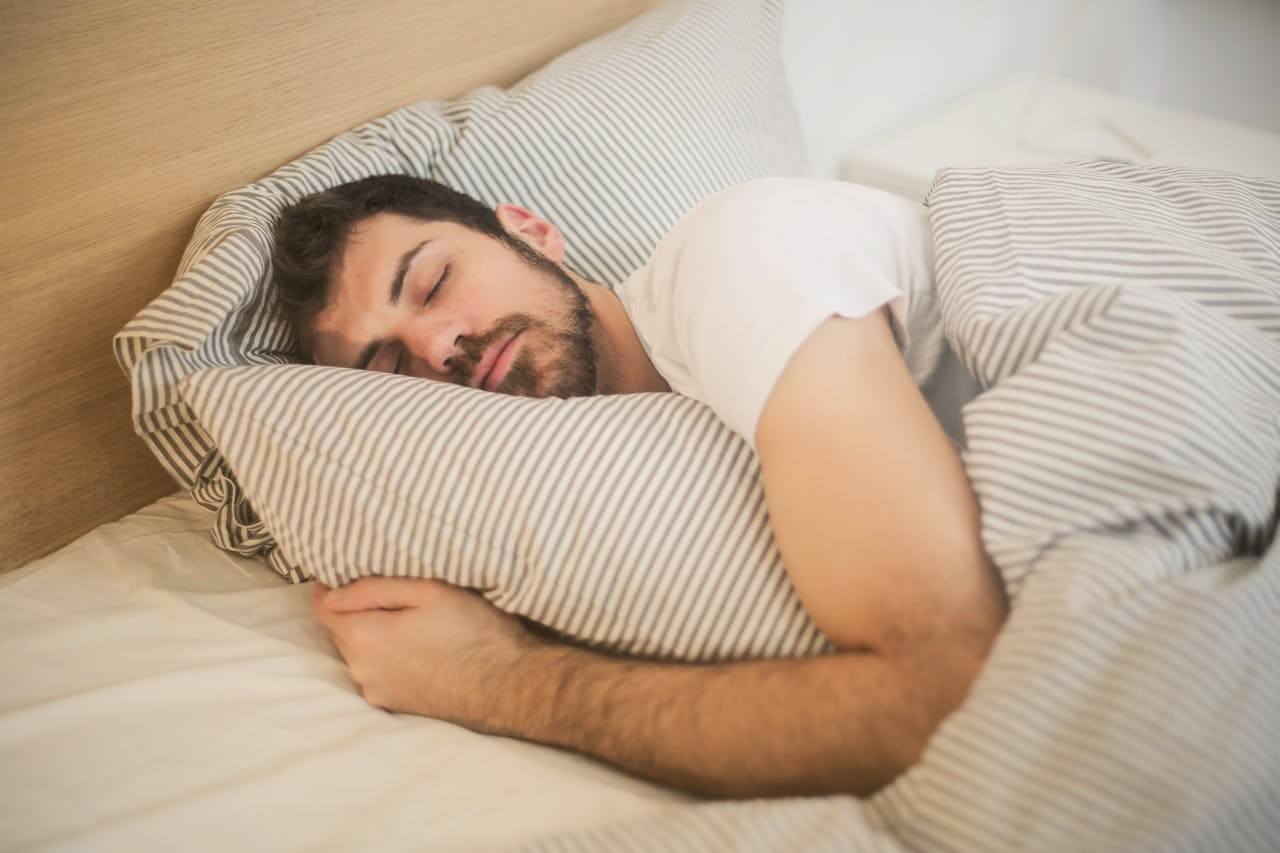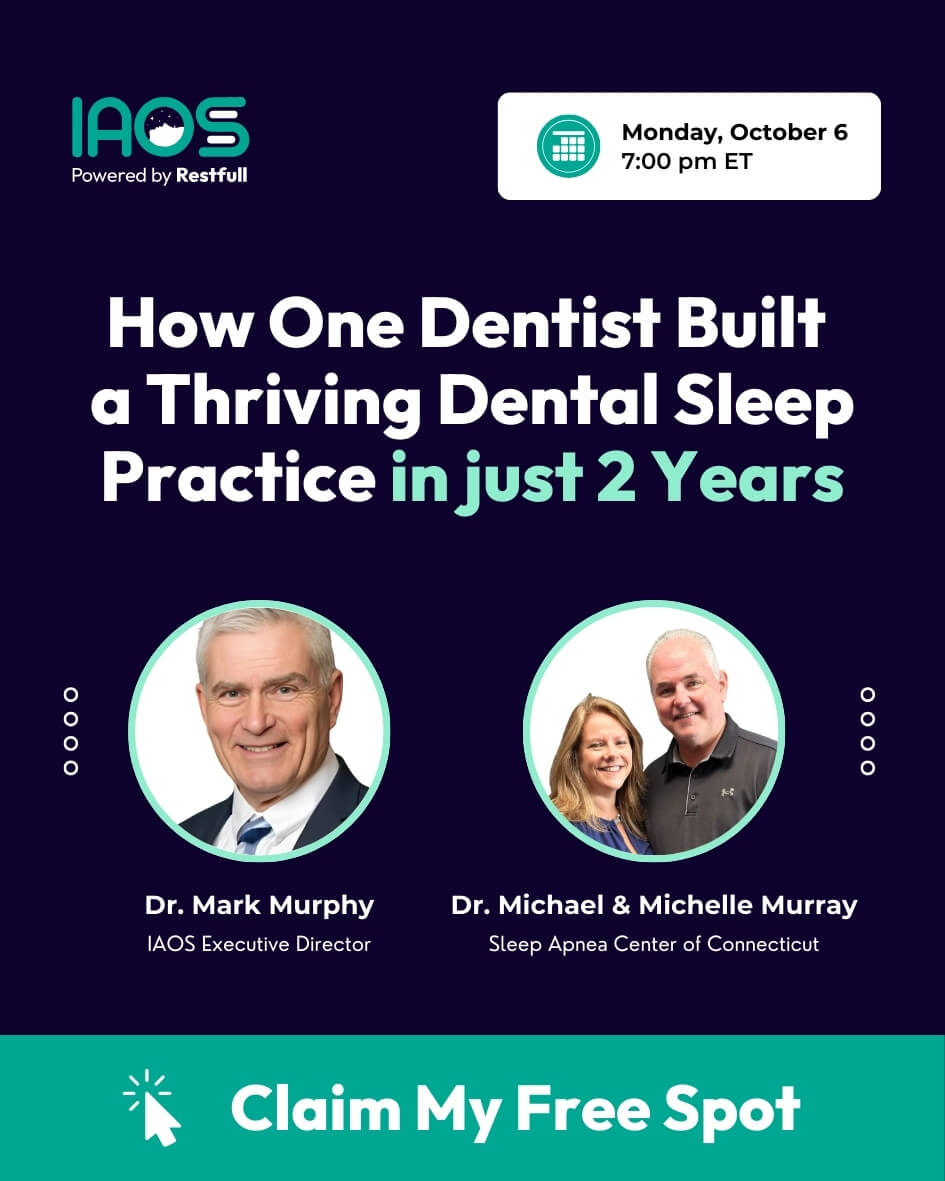Chronic sleep disorders affect over 70 million people in the United States alone, with Obstructive Sleep Apnea (OSA) accounting for more than 30 million of these cases. Unfortunately, a majority of people with sleep apnea can’t get treatment because they haven’t been diagnosed. According to the American Medical Association, only 6 million Americans have been diagnosed, leaving 24 million on their own.
So why are so many people going undiagnosed?
Obstructive Sleep Apnea is a serious health condition and also the most common sleep disorder. People living with OSA stop breathing throughout the night when they’re asleep due to their throat muscles relaxing to the point of obstructing the airway. Not being able to breathe through the night is one of the more obvious consequences of OSA, as is snoring, but there are other ways OSA patients’ health is put at risk. OSA patients repeatedly wake up during the night due to a lack of oxygen, but they are not always aware that this is happening. This means that during the day, the patient is not rested and feels fatigued – which can be disastrous if driving or working with heavy machinery, but which also has an impact on their overall quality of life.
If you’re living with sleep apnea, you are also at risk of developing other health conditions including high blood pressure, decreased libido, and cardiovascular problems. So, despite what many believe about OSA, sleep apnea is more than just ‘loud snoring’— it’s a condition that can drastically affect your life if left untreated.
What causes sleep apnea?
Several risk factors can contribute to the development of sleep apnea including excess body weight, diabetes, smoking, asthma, sex at birth, and family history. Keep in mind, anyone can develop sleep apnea, but these are some of the things doctors tend to look out for.
Who does OSA affect?
One of the reasons people tend to fall through the gaps and go undiagnosed is that doctors might have a preconceived notion of what the ‘standard’ sleep apnea patient looks like, and may not detect it in someone who they consider to be a healthy individual. Some of the risk factors we mentioned earlier that tend to get more attention than others are sex at birth, body weight, and the presence of diabetes.
While an older, overweight man may seem like the standard patient, this may not always be the case and is one of the reasons the diagnosis rate is so low. Women can also develop sleep apnea, but are seldom diagnosed. During their routine healthcare visits, they may not receive proper screening and, if they bring up their sleep problems, another sleep disorder may be incorrectly diagnosed, or, their symptoms may be attributed to a comorbid condition.
Women’s OSA symptoms can present differently than men’s. For one, the classic telltale sign of OSA, snoring, isn’t as prominent in women and neither is the lack of breathing during sleep. Fatigue is one symptom that remains constant for both men and women, but for women, it can often be misattributed to a different condition, such as insomnia.
As a healthcare provider, it’s important to screen all patients for sleep disorders, even those who may not appear to have OSA, as it can also affect them during any potential surgical treatment. For instance, when under anesthetic, a sleep apnea patient’s throat muscles may relax and cause the airway to constrict and prevent breathing.
How can patients be treated for sleep apnea?
There are two main forms of treatment, CPAP (continuous positive airway pressure) and OAT (oral appliance therapy). Of the two, CPAP is the most common and uses a machine with a mask attached to provide constant airflow to open the airway and allow the patient to breathe more freely and consistently throughout the night. CPAP machines can be loud and bothersome to wear, especially if the patient tends to toss and turn in their sleep. The discomfort from a CPAP machine can lead patients to stop using their device – the abandonment rate for CPAP machines is as high as 60%. So, while treatment has been given to many OSA patients, not all of them will adhere to them the way they should.
When a patient opts for OAT, they get fitted for an oral appliance that appears similar to a mouthguard. To do this, the dentist takes impressions of the patient’s bite. Oral sleep appliances bring the lower jaw forward, opening up the airway to allow the patient to breathe. The size and simplicity of the oral appliance may make it far more convenient for patients to use and also allow for portability during travel when compared to CPAP treatments. According to the Journal of Dental Sleep Medicine, a study conducted showed that 93% of their sleep apnea patients adhered to their OAT treatment – a vast improvement from the 40% of CPAP treatment.
What you can do to help undiagnosed sleep apnea patients
Sleep apnea is a serious condition that can affect just about everyone. While it’s helpful to have an idea of what can cause sleep apnea to develop or what pre-existing conditions can put a patient at higher risk for sleep apnea, it’s also important to keep an open mind. Discard the notion that a ‘standard’ sleep apnea patient exists so more people with the condition can get properly diagnosed. It can also be beneficial to review your screeners and see where you can add additional questions to screen for sleep apnea. You can then work with a sleep specialist to officially diagnose your patients and help them get the appropriate care they require.




